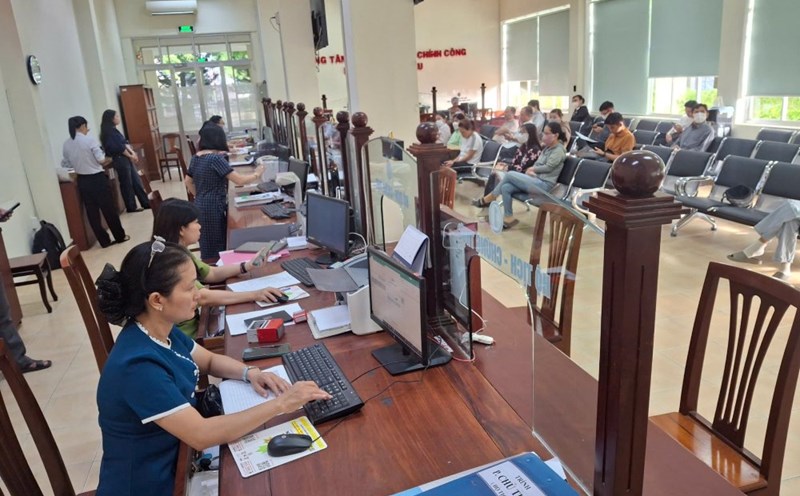The Ministry of Construction is soliciting comments from ministries and branches on the Draft Resolution of the Government on the mechanism for controlling and curbing real estate prices.
Accordingly, the Ministry of Construction proposed three mechanisms to control and curb real estate prices in the coming time, including the Policy on transparency of real estate transactions through real estate transaction centers and land use rights established by the State; Loan policies for home buyers; Policies on developing affordable commercial housing.
Regarding the general view, the Vietnam Institute for Real Estate Market Research (VARS IRE) believes that the policies have gone in the right direction, focusing on improving transparency, creating a favorable legal corridor, and increasing the level of transaction safety to protect the legitimate rights of the people. At the same time, the solutions also aim to increase the supply of commercial housing at suitable prices, contributing to gradually adjusting the price level to a more reasonable level. However, to ensure that policies are truly effective, there needs to be careful consideration and a comprehensive approach.
With a mechanism for transparency of transactions, VARS believes that the establishment of a Real Estate Transaction Center and Land Use Rights will help integrate and identify all related data before putting assets into transactions. This helps increase legality, convenience for people and allows the State to control market fluctuations, from prices, transaction history to legal documents.
Currently, real estate transaction procedures are still complicated, lasting 45-60 days due to having to go through many stages such as notarization, tax payment, and registration of changes. When the transaction center is in operation, the time can be reduced to only 1-3 days, even calculated by the hour. This model does not replace other agencies but plays a role in connecting and processing digital data and has been successfully applied by many countries. VARS believes that in the context of digital transformation, this is an inevitable solution to improve market management efficiency and transparency.
Regarding home loan policies, VARS believes that most investors currently cooperate with banks to implement credit packages to support home buyers - an important policy to stimulate and increase home access. However, some cases have taken advantage of the policy to speculate and "surf".
Therefore, the Ministry of Construction proposes to limit lending: up to 50% of the contract value for a second house and 30% for a third house or more. The goal is to limit speculation, contributing to price stability. However, VARS notes that it should not be applied simultaneously because there are people who buy second and third homes for legal purposes such as renting or accumulating assets for children. Tightening unregulated credit can eliminate both positive momentum and affect market liquidity.
Regarding the policy of developing affordable commercial housing, VARS IRE stated that this policy will directly affect the reasons for the increase in real estate prices. The market report for the second quarter of 2025 shows that luxury apartments account for more than 60% of the supply, while affordable apartments have almost disappeared, only appearing in some social housing projects. In Hanoi and Ho Chi Minh City, the low-priced commercial segment has been absent for many years, causing an imbalance between supply and demand and pushing up selling prices sharply.
Although highly appreciating the policy's orientation, VARS IRE also noted that for the policy to truly promote efficiency, it is necessary to create clear "paving the way" for businesses to implement in practice. Taking some current regulations in social housing development as a basis needs to be considered, because the current social housing policy still has certain problems and the Government and relevant agencies are continuing to improve to ensure effective implementation. Therefore, we need to be very careful, avoid the implementation process accidentally creating a new "curve", reducing the effectiveness of market regulation.











